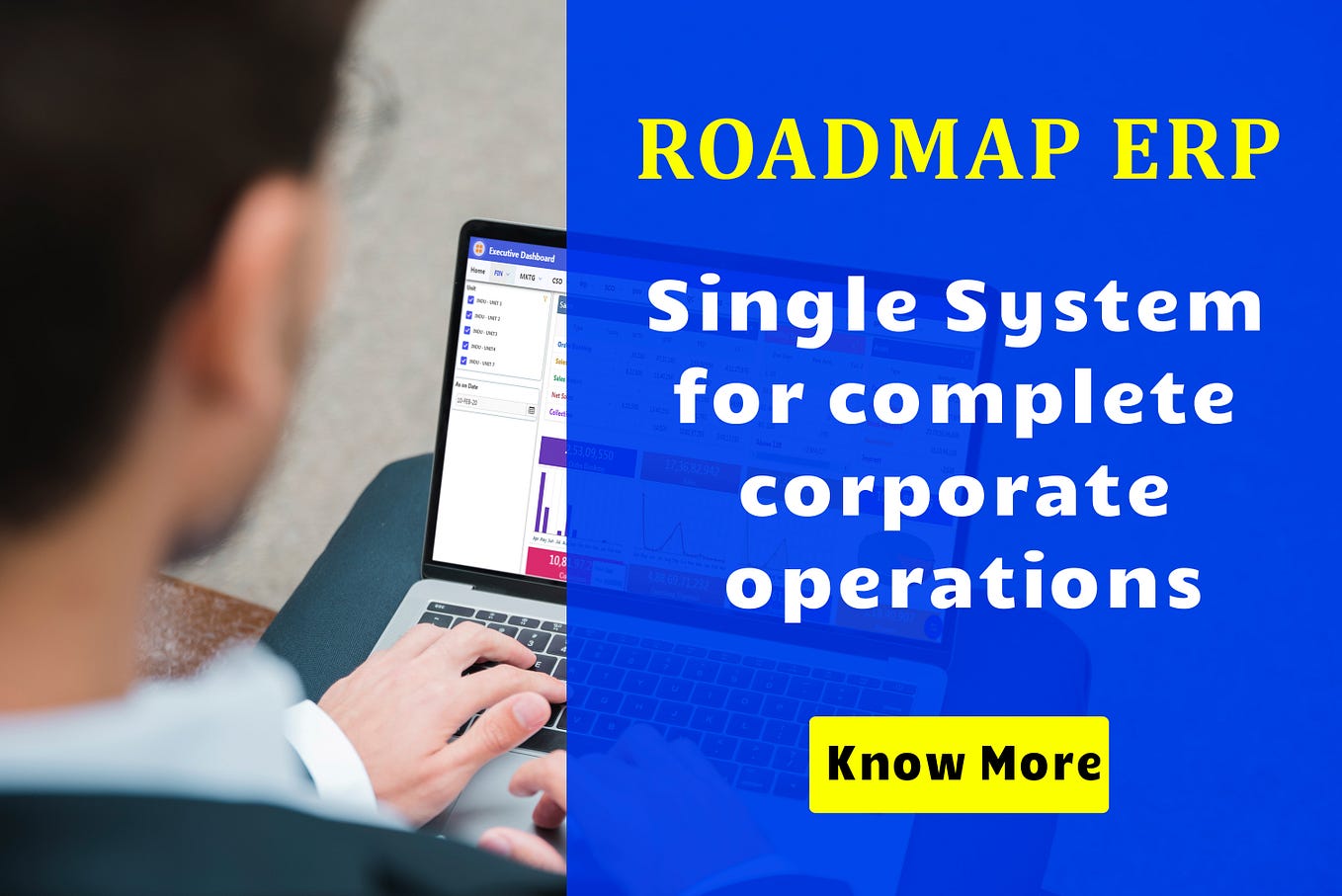Softwe: Revolutionizing Digital Solutions With Quality Software
Understanding Software: The Digital Backbone of Our Lives
At its core, software is the brain of any computer system, providing the instructions that tell a computer what to do. It’s the intangible counterpart to hardware, the physical components of a computer system. Without software, even the most advanced hardware would be nothing more than inert metal and silicon. Software comprises the entire set of programs, procedures, and routines associated with the operation of a computer system, enabling it to perform specific tasks or functions. This fundamental distinction between the physical and the instructional was crucial, leading to the coining of the term "software" to differentiate these instructions from hardware. In computer science, software is essentially a computer program you can load and run on your device, encompassing everything from operating systems to game programs. Every day, we rely on software to accomplish tasks, entertain ourselves, and connect with others. From mobile apps to complex computer systems, software is an integral part of our daily lives, making its understanding paramount in our increasingly digital world.What Exactly is Software?
To elaborate, software is primarily a set of instructions that enable a computer or electronic device to perform specific tasks or functions. These instructions are written in programming languages, which are then translated into machine-readable code that the computer can execute. Think of it as a meticulously crafted recipe: the ingredients are the data, and the steps are the instructions within the software, guiding the computer to produce a desired outcome. This definition extends beyond mere programs; it includes all the documentation, configuration data, and libraries that are necessary for a computer system to operate effectively. The beauty of software lies in its versatility and adaptability. It can be designed for a myriad of purposes, from crunching complex scientific data to enabling real-time video calls across continents. This adaptability is what makes software the driving force behind virtually every technological advancement we witness today, constantly evolving to meet new demands and create new possibilities.The Pillars of Software Quality
The concept of software quality is multifaceted and crucial for its effectiveness and longevity. Software quality is defined as meeting the stated requirements as well as customer expectations. This definition goes beyond mere functionality; it encompasses a broader range of attributes that contribute to a superior user experience and reliable performance. Quality is an overarching term that can refer to a code's correct and efficient behavior, ensuring it performs its intended functions without errors and utilizes resources optimally. Beyond correctness, quality also pertains to a software's reusability, meaning components can be easily adapted and used in other projects, saving time and resources. Portability is another key aspect, allowing software to run across different platforms and environments without significant modifications. Finally, the ease of modification is critical for maintenance and future enhancements, ensuring the software can evolve with changing needs and technologies. These pillars collectively ensure that software is not only functional but also robust, adaptable, and user-friendly, laying the groundwork for dependable digital solutions that meet and exceed expectations.Types of Software: Navigating the Digital Landscape
The vast world of software can be categorized in various ways, typically based on common function, type, or field of use. Understanding these classifications helps us appreciate the diverse roles software plays in our daily lives and the intricate layers that make up a complete computer system. There are three broad classifications that cover the majority of software applications and systems we interact with. These categories illustrate how software is designed to serve different purposes, from directly assisting users with specific tasks to managing the very hardware it runs on. Recognizing these distinctions is vital for anyone looking to develop, utilize, or simply understand the digital tools that shape our world.Application Software: Empowering User Tasks
Application software represents the computer programs designed for performing user tasks. These are the programs we most commonly interact with on a daily basis. Think of word processing software like Microsoft Word, web browsers such as Chrome or Firefox, email clients, media players, graphic design tools, and even the mobile apps on your smartphone. Each of these applications is developed to help users achieve a specific objective, whether it's writing a document, browsing the internet, sending an email, or editing a photo. They provide a user-friendly interface that abstracts away the underlying complexities of the computer system, allowing individuals to focus on their tasks. The sheer variety of application software available today is a testament to the diverse needs and creative potential of human interaction with technology, constantly expanding to offer new functionalities and conveniences.System Software: The Engine Behind the Scenes
In contrast to application software, system software is used to start and run computer systems and networks. It acts as the foundational layer, providing a platform for application software to operate smoothly. The most prominent example of system software is the operating system (OS), such as Windows, macOS, Linux, Android, or iOS. The operating system manages the computer's hardware and software resources, allocates memory, processes tasks, and handles input and output operations. Beyond the OS, system software also includes utility programs (like disk defragmenters or antivirus software), device drivers (which allow hardware components to communicate with the OS), and firmware (low-level software embedded in hardware devices). Without system software, application software would be unable to run, as there would be no underlying framework to manage the computer's resources. It is the unsung hero, working silently in the background to ensure that our digital devices function efficiently and reliably.The Evolution of Software: A Journey Through Innovation
The history of software is a fascinating chronicle of human ingenuity, mirroring the rapid advancements in computing hardware. In the early days of computing, software was often custom-built for specific machines, deeply intertwined with the hardware itself. Programmers would manually configure switches and wires to instruct the computer. The advent of high-level programming languages in the 1950s and 60s, such as Fortran and COBOL, marked a significant turning point, making programming more accessible and abstracting it from the direct manipulation of hardware. This allowed for greater portability and reusability of code. The 1970s saw the rise of operating systems like UNIX, which standardized how software interacted with hardware, paving the way for more complex applications. The personal computer revolution in the 1980s brought software to the masses, with word processors, spreadsheets, and early games becoming household staples. The internet boom of the 1990s and 2000s ushered in an era of networked software, web applications, and global connectivity. Today, we are in an age of cloud computing, artificial intelligence, and mobile-first software, where applications are delivered as services, and intelligence is embedded into every digital interaction. This continuous evolution highlights software's dynamic nature, constantly adapting to new technologies and user demands, and shaping our digital future.Softwe: A Pioneer in Integrated Digital Solutions
In the dynamic landscape of technology, certain companies stand out for their commitment to innovation and quality. Softwe is one such brand, a prominent entity within the ODG Group. This affiliation places Softwe within a larger corporate structure that has been actively shaping the technology market for over 17 years. With a rich history and a robust portfolio, the ODG Group, and by extension Softwe, has established itself as a significant force in digital development. The group boasts an impressive track record, having developed more than 1200 web projects across Brazil and internationally. This extensive experience solidifies their reputation as one of the largest digital groups in the southern region of Brazil. Softwe's identity as a brand under such an experienced and prolific group speaks volumes about its capabilities and the depth of expertise it brings to the table. Their focus is clearly on delivering integrated and automated solutions that address core business needs, leveraging years of collective experience to provide cutting-edge digital products and services. The brand "Softwe" itself signifies a dedication to the very essence of software development: creating functional, efficient, and transformative digital tools.Softwe's Commitment to Productivity and Optimization
Softwe distinguishes itself through its dedication to enhancing productivity and optimizing management processes. As a platform, Softwe is designed to be integrated and automated, offering businesses a comprehensive toolset to streamline operations. This focus on integration means that Softwe's solutions are not standalone applications but rather components of a larger, cohesive system that can work together seamlessly. Automation, a cornerstone of their approach, aims to reduce manual effort, minimize errors, and accelerate workflows, thereby freeing up valuable human resources for more strategic tasks. This commitment aligns perfectly with the modern business imperative of efficiency and agility. By providing tools that increase productivity and optimize management, Softwe empowers organizations to achieve greater operational excellence, make data-driven decisions, and ultimately foster growth. Their extensive portfolio of over 1200 web projects demonstrates their practical experience in delivering these benefits to a wide array of clients, reinforcing their position as a reliable partner in digital transformation. When we consider the breadth of their work and the nature of their solutions, it becomes clear that the essence of "softwe ifåÿa" lies in delivering robust, high-quality software that truly makes a difference in the digital world.The Interconnected World of Software and Digital Experiences
The influence of software extends far beyond individual applications; it forms the very foundation of our interconnected digital experiences. From social media platforms that connect billions to e-commerce sites that facilitate global trade, software weaves a complex web of interactions. Consider how seemingly disparate elements, like discovering videos related to "es1nce+ifåÿa+sotwe" or "jupiter++ifåÿa+sotwe" on SnackVideo, are all powered by sophisticated software algorithms that curate content, manage user data, and enable seamless playback. Even the simple act of browsing the web for the best sites for a seamless Twitter content experience relies on layers of interconnected software, from your browser application to the server software hosting Twitter's data. This intricate dependency highlights the importance of robust and reliable software infrastructure. Companies like Softwe, with their expertise in developing integrated web projects, play a crucial role in building and maintaining these digital ecosystems. They understand that a truly impactful digital experience isn't just about a single application but about how all the software components interact to create a fluid, intuitive, and secure environment for users. This holistic view is essential for navigating the complexities of the modern digital world, where every click, swipe, and interaction is mediated by software.Ensuring Trust and Expertise in Software Development
In the realm of software, particularly when dealing with solutions that impact business operations or personal data, the principles of E-E-A-T (Expertise, Experience, Authoritativeness, Trustworthiness) and YMYL (Your Money or Your Life) are paramount. For companies like Softwe, demonstrating these qualities is not just good practice but a necessity. Expertise is shown through a deep understanding of programming languages, development methodologies, and industry best practices. Experience comes from successfully delivering numerous projects, as evidenced by Softwe's 1200+ web projects. This track record builds authoritativeness, establishing the company as a credible leader in its field. Trustworthiness is fostered through transparent processes, reliable performance, and a commitment to security and data privacy. When software handles sensitive information or critical business functions (YMYL categories), any failure can have significant financial or personal repercussions. Therefore, users and businesses must trust that the software they use is developed by experts who prioritize quality and security. Softwe's long-standing presence in the market and its focus on integrated, automated solutions underscore its commitment to these principles, providing peace of mind to its clients. This dedication to high standards is what differentiates truly valuable software providers in a crowded market.The Future of Software: Trends and Transformations
The landscape of software is in a perpetual state of flux, driven by relentless innovation and evolving user demands. Several key trends are shaping its future. Artificial intelligence (AI) and machine learning (ML) are increasingly being embedded into software, enabling more intelligent automation, predictive analytics, and personalized user experiences. Cloud computing continues to expand, shifting software delivery from on-premise installations to scalable, accessible services, exemplified by the "Software as a Service" (SaaS) model. The rise of edge computing is bringing processing closer to data sources, reducing latency and enabling real-time applications in areas like IoT (Internet of Things). Furthermore, the emphasis on cybersecurity within software development is growing exponentially, as threats become more sophisticated. Low-code and no-code platforms are empowering a wider range of individuals to create applications, democratizing software development. Companies like Softwe, which focus on integrated and automated platforms, are well-positioned to leverage these trends, developing solutions that are not only efficient today but also adaptable for the technologies of tomorrow. The future promises more intelligent, interconnected, and intuitive software that will continue to redefine how we live, work, and interact with the digital world.Why Choose Quality Software: Impact on Business and Daily Life
The decision to invest in or utilize quality software has profound implications for both businesses and individuals. For businesses, high-quality software translates directly into enhanced operational efficiency, reduced costs, and improved decision-making. Software that is correct, efficient, reusable, portable, and easy to modify minimizes downtime, reduces the need for constant troubleshooting, and allows for quicker adaptation to market changes. This directly impacts the bottom line, providing a competitive edge. For instance, an integrated and automated platform like that offered by Softwe can significantly increase productivity and optimize management, leading to tangible business benefits. On a personal level, quality software ensures a seamless and reliable digital experience. Whether it's a mobile app for banking, a streaming service for entertainment, or communication tools to connect with loved ones, dependable software enhances convenience and reduces frustration. Conversely, poor quality software can lead to security vulnerabilities, data loss, system crashes, and a general erosion of trust. In an age where we are so reliant on digital tools for every aspect of our lives – from managing finances (Your Money) to accessing critical health information (Your Life) – the imperative for robust, secure, and high-performing software cannot be overstated. Choosing quality is not merely a preference; it is a fundamental requirement for a functional and secure digital existence.Conclusion
Software, in its essence, is the dynamic set of instructions that breathes life into our digital devices, enabling them to perform countless tasks that have become indispensable to modern life. From its foundational definitions as a set of instructions that tell a computer what to do, to its intricate classifications as application or system software, its pervasive influence is undeniable. The journey through its evolution reveals a relentless pursuit of innovation, constantly pushing the boundaries of what’s possible. Companies like Softwe exemplify the commitment to delivering high-quality, integrated, and automated digital solutions, demonstrating how expertise, experience, authoritativeness, and trustworthiness are crucial in this domain. Their extensive portfolio and focus on productivity and optimization underscore the tangible benefits that well-developed software brings to businesses and individuals alike. As we navigate an increasingly digital world, the importance of reliable, efficient, and secure software will only continue to grow. We hope this deep dive into the world of software has provided valuable insights into its definition, types, history, and the critical role of quality. What are your thoughts on the impact of software in your daily life or business? Share your experiences and insights in the comments below! If you found this article informative, consider sharing it with your network or exploring other related content on our site.
Área do Cliente

Best ERP Softwe for Textile & Spinning industries|Best Textile ERP|ERP

Q a The inventory management softwe ore of a | StudyX